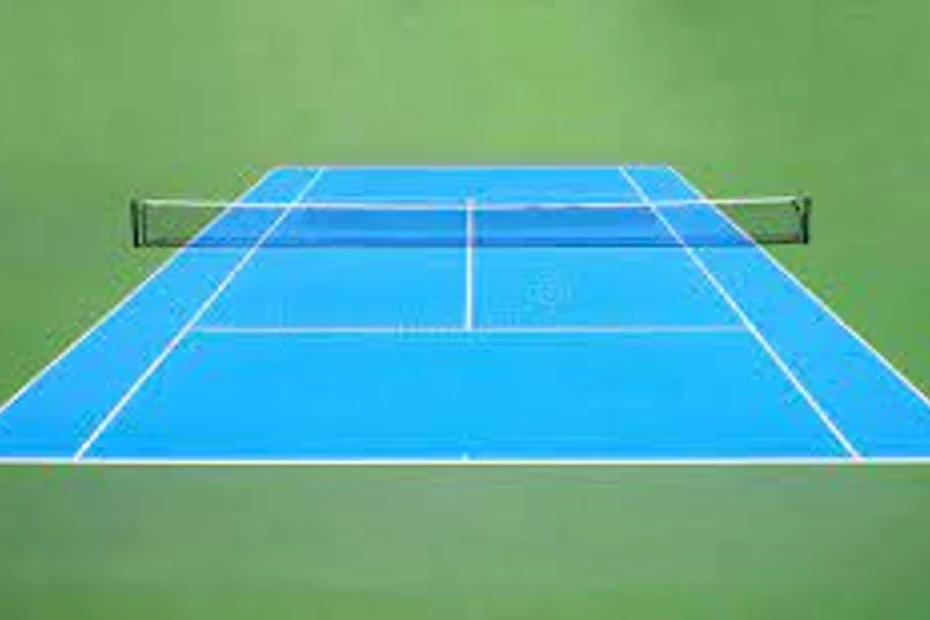The history of tennis is so rich and old that it makes anyone think twice before changing any integral aspect of the game. One of the most fundamental aspects, the court, however, has been subject to several changes over the years. Traditionally, tennis was played on a grass court, a tradition still followed professionally across Europe during the summer. Then there are clay courts, the most widely used courts across the world. And then, the famous hard courts were used both professionally and recreationally. The colors of the different types of courts are well established. Hard courts, when they were first introduced, were green, following the color of the traditional grass courts. However, the 2005 US Open introduced the world to hard courts painted in a shade of blue now famously known as US Open Blue. But why? Read the full article to learn why tennis courts are blue.
Why Are Tennis Courts Blue?
Hard courts are painted blue because the blue color offers the perfect contrast to the neon yellow-green standard tennis ball. And it makes it easier for both players, spectators, and television viewers to see the ball. It is similar to white table tennis balls. The color of the table tennis balls is dependent on the color of the table, surroundings, and court floor. It makes it easier for everyone to view and locate the ball. Also Read: Different Types Of Tennis Grips Explained With Their Size
Usually, organizations refrain from taking drastic steps and taking risks like these and stick to more reliable, tried-and-tested ideas and concepts. But the organizers realized that for a sport to develop, it must be spectator-friendly, so they decided to come up with a court that made it easier for the audience and television viewers to see the ball.
Officials put in a lot of thought and careful consideration while choosing the color, and the experts at California Sports Services studied the color spectrum and realized that the purple and blue spectrum will provide the exact contrast required for the neon yellow tennis ball. Finally settling on Pantone Blue 2965U, they went a step further and distinguished the colors outside the lines as well. Choosing a darker shade of green, now known as US Open Green, not only provides better vision for the spectators but also a distinct look to all the majors. Also Read: 3 Best Tennis Games on PS4 and PS5 in 2023
Branding
The distinct blue color also has a subconscious effect on the minds of the viewers and helps build the brand image. The 2008 Australia Open followed in the footsteps of the US Open and painted their courts blue, although with a lighter shade, which is more popular in Australia and Asia.
By the looks of it, blue courts serve a logical and subtle function and have elevated the tennis viewing experience many folds. Also Read: Best Tennis Racquets in 2023
